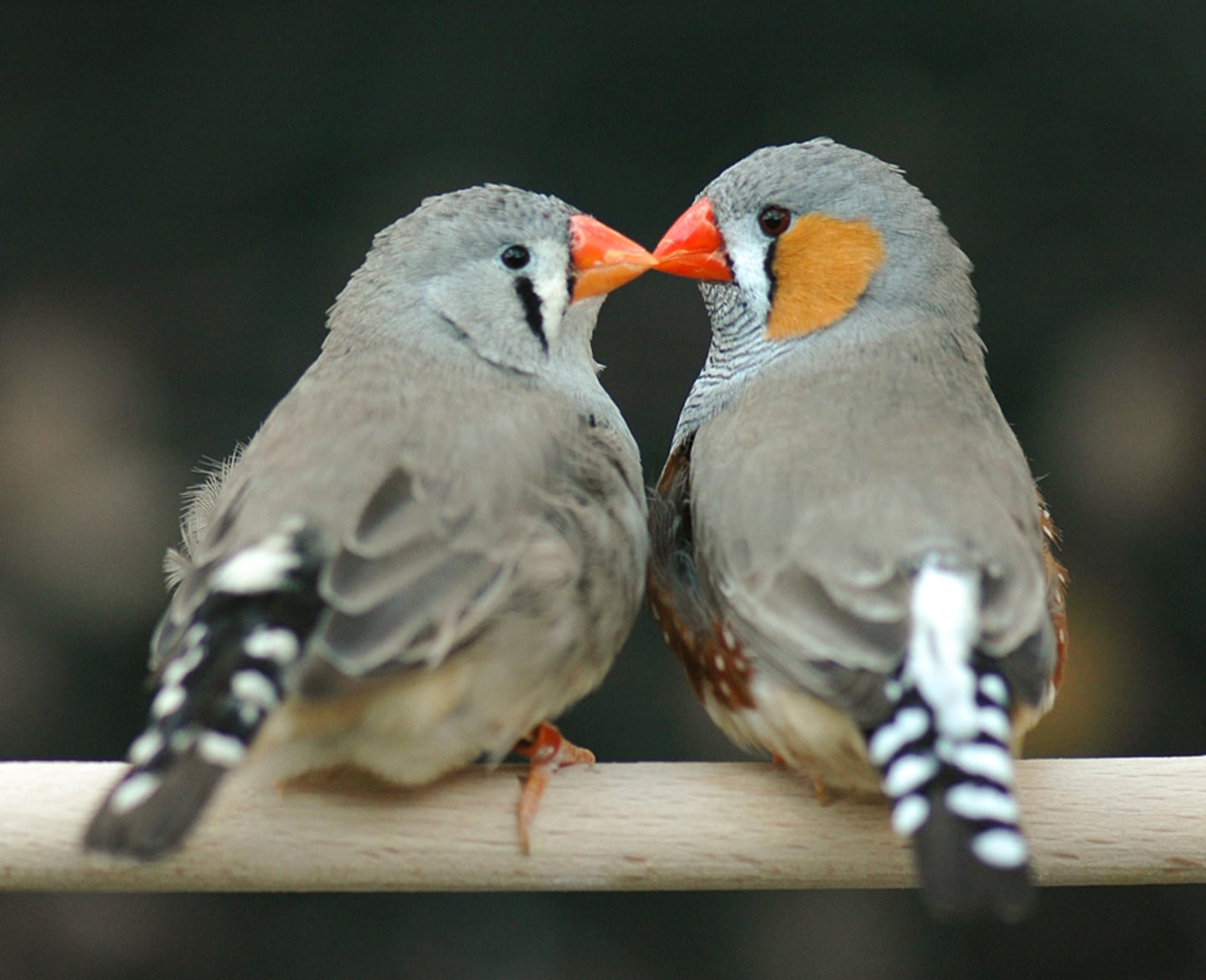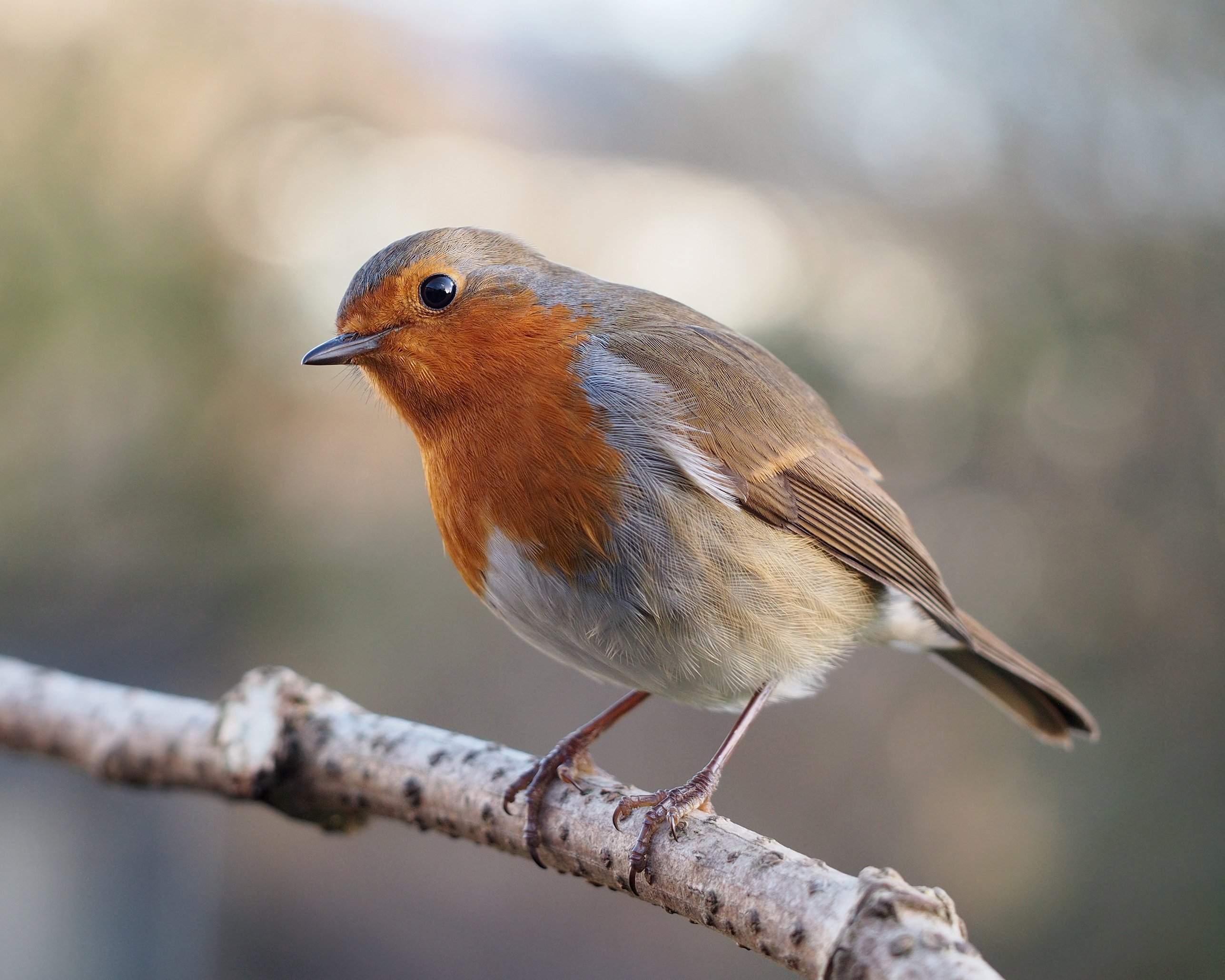
While birds may appear to flutter about in the world, magically finding their way to food and other members of the flock, the reality is, many species migrate to the same destination, time and again. Over the years, researchers have established that the animals use Earth’s magnetic fields as guides. However, how they sense these fields has been a mystery.
One theory suggested specific molecules in the birds’ eyes were receptive to magnetism, while another claimed it was the iron-rich cells on their beaks that helped with the complex navigation task. Now, two studies – one focused on zebra finches and the other on European robins — assert that the animal’s “sixth sense” for magnetic fields may indeed be due to a special light-sensitive protein called Cry4 found in their eyes.

The most recent research, published on March 28, 2018 in the Journal of the Royal Society Interface, examined the brains, muscles, and retinas of 39 zebra finch specimens. The team, led by biologist Pinzon-Rodriguez at Sweden’s University of Lund, discovered that while levels of other proteins of the cryptochrome class – Cry1 and Cry2 — also present in the eyes varied throughout the day, Cry4 was being continuously produced. This led the scientists to conclude it was responsible for guiding birds in the right direction.
Scientists from the Institute of Biology and Environmental Sciences in Oldenburg, Germany came to a similar conclusion after noticing that European robins demonstrated consistent Cry4 levels all day. Their study published on January 22, 2018 in the journal Current Biology, also revealed that the amount of the protein increased noticeably during migratory season, when the birds needed to rely on their navigation skills the most. The team noted that the Cry4’s location in the retina was ideal for an internal compass, given that it is exposed to a lot of light.

The fact that the two teams independently discovered Cry4’s potential role in helping birds find their way is encouraging. However, animal navigation expert Henrik Mouritsen, who participated in the robin study, concedes more research needs to be done. While a study on the navigation skills of birds that do not possess Cry4 would certainly help, Peter Hore, a chemist at the University of Oxford, believes the only way to definitely ascertain how the animals perceive magnetic fields would be to transform into birds.
Resources: sciencenews.org, pbs.org,interestingengineering.com
